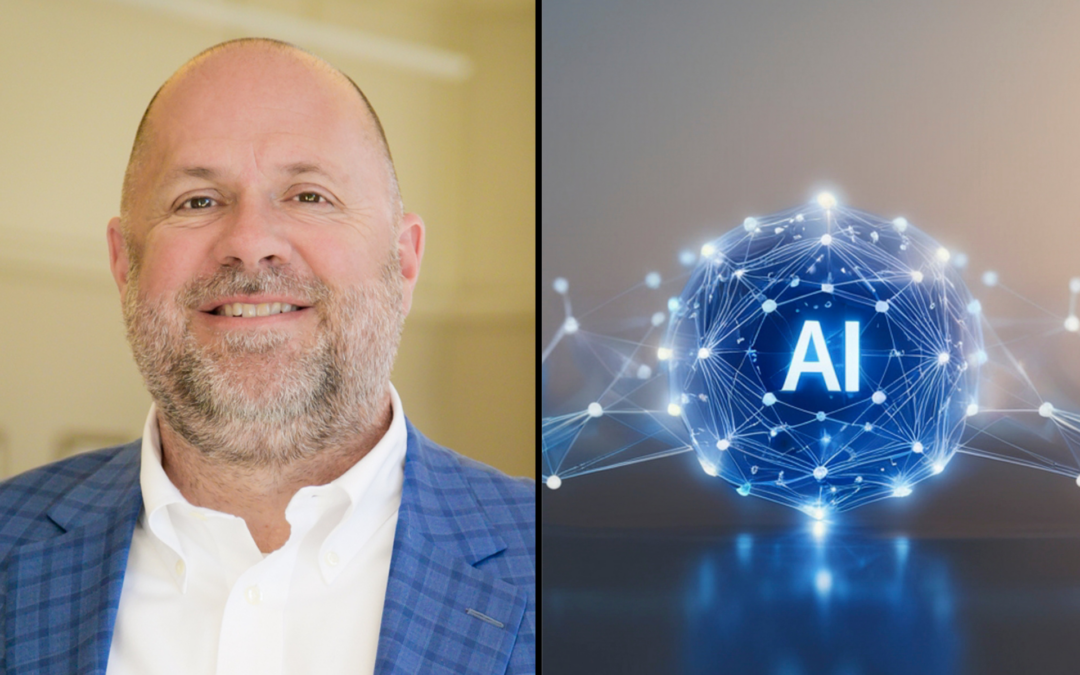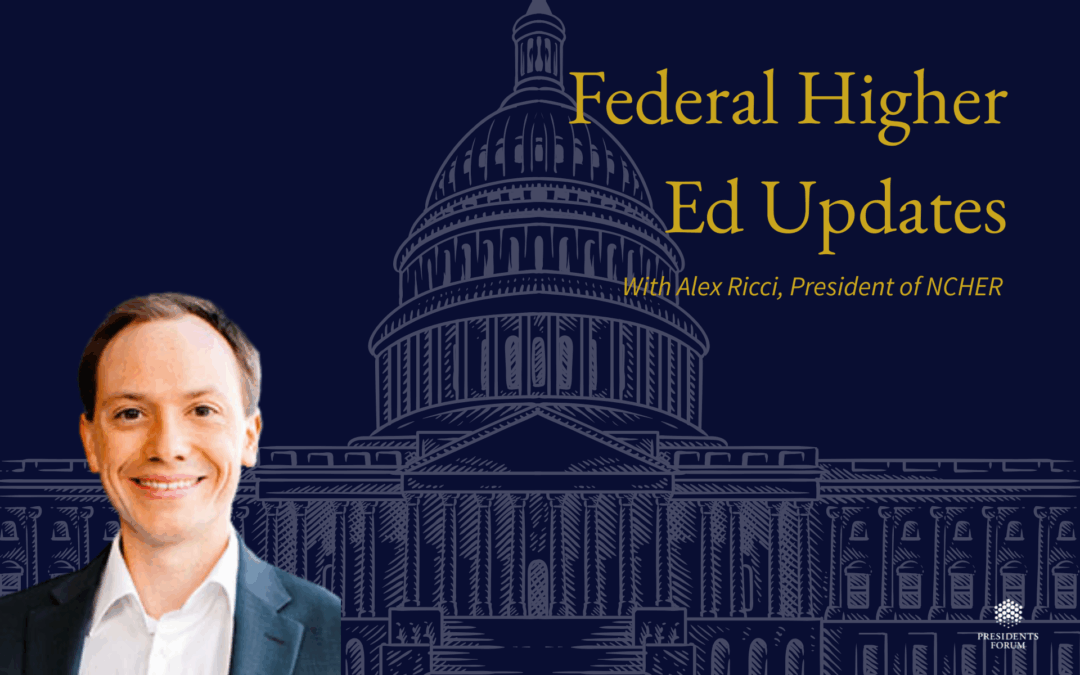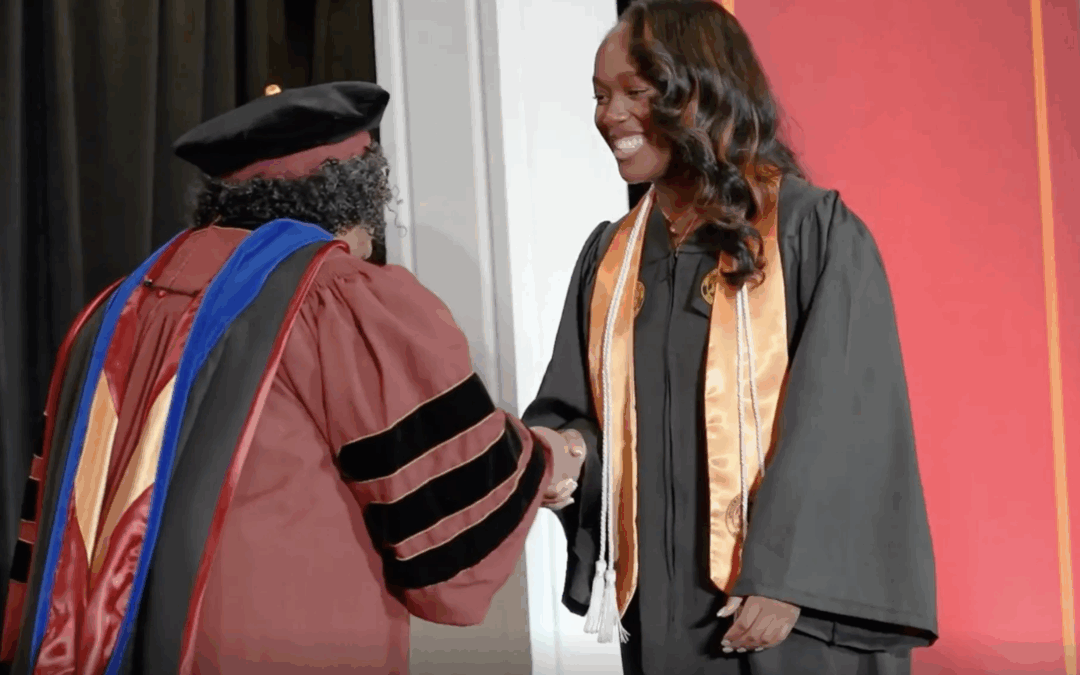Q&A with Gregory W. Fowler, PhD, President, University of Maryland Global Campus (UMGC)
The question of higher education’s value is front and center for today’s learners and
employers. How is UMGC improving outcomes for adults in the workforce and military?
Today, learners and employers are increasingly likely to demand evidence of education’s return
on investment. At UMGC, we respond by designing learning experiences that meet students
where they are and align with the realities of the workplace. Listening to our learners is at the
core of that approach.
In a recent survey of UMGC’s winter 2025 graduate candidates, 35 percent reported that, as a
result of education, they had secured a new job, promotion, or raise, or made a career change,
some before ever crossing the stage. That speaks volumes about the power of learning
experiences that are flexible, career-relevant, skills-focused, and supported by services tailored
to working adults.
Similarly, in a recent alumni survey, 97 percent said their UMGC education prepared them well
for the workforce. Fully 40 percent reported salary increases, 40 percent advanced in their
current roles, and 32 percent changed jobs as direct outcomes of their education. These results
are a testament to the work we do every day.
How are partnerships helping amplify your impact?
Strategic partnerships continue to remove obstacles and accelerate learner progress. This year,
we worked with military leaders, police departments, and corporate partners to expand access
and turn real-world experience and training into academic credit. More than 83 percent of this
year’s graduates worked full-time while studying, and partnerships helped make that possible;
in fact, in FY 25, almost 6,000 learners had their education paid for in whole or in part by an
employer … saving them more than $23 million.
That impact is reflected in our graduating class, as well, which includes 2,218 learners who
enrolled through corporate partnerships. Another 1,802 are community college transfers, many
of whom enrolled through our alliances with more than 65 community colleges nationwide,
offering seamless credit transfers, no application fees, and access to dedicated advisors.
UMGC has always focused on meeting the needs of nontraditional and underserved
populations. What trends are you seeing?
This year, 17,855 learners earned a UMGC degree or certificate—the largest graduating class in
our history. More than 44 percent identified as underrepresented populations, a 24 percent
increase over last year. That is transformation in action. And thanks in part to expanded
transfer and work experience credits, time-to-degree dropped below 36 months for the first
time ever.
UMGC has a longstanding relationship with military learners. What changes have you seen
this year?
Serving military learners has been part of our DNA since 1947, and more than half of our
learners are military affiliated. This year, that demographic represented 42 percent of our
graduating class; veterans alone increased by 35 percent. By awarding credit for military rank,
we help these learners—who often face deployments and relocations—achieve their goals
faster, wherever they are in the world.
And we continue to expand career-relevant credential options. For example, our new Drones &
Autonomous Systems certificate program prepares learners to use these technologies in sectors
including public safety and defense. Other new technology-focused offerings include artificial
intelligence and supply chain logistics.
Cybersecurity also remains a popular option among military learners … and it’s not purely
academic. The UMGC cybersecurity team includes students, alumni, and faculty, and recently
earned first place honors in a regional competition that included hands-on coding,
cryptography, and network analysis challenges. Currently, the team ranks first in the United
States and sixth in the world among universities in the ongoing Hack the Box competition.
Where are you focused as we enter 2026?
Looking to 2026, our priorities are clear. Technology is evolving at lightning speed and shaping
our world in ever-changing ways. We believe that we must harness new and emerging
technologies to help us do more of what matters most, amplifying human connection and
learning. That means freeing faculty to mentor and inspire, empowering staff to innovate, and
ensuring every learner receives personalized support.
At UMGC, transformation isn’t a buzzword. It is a sustained commitment to reimagining what a
university can be and delivering on the promise of education for every student we serve.
###







Recent Comments